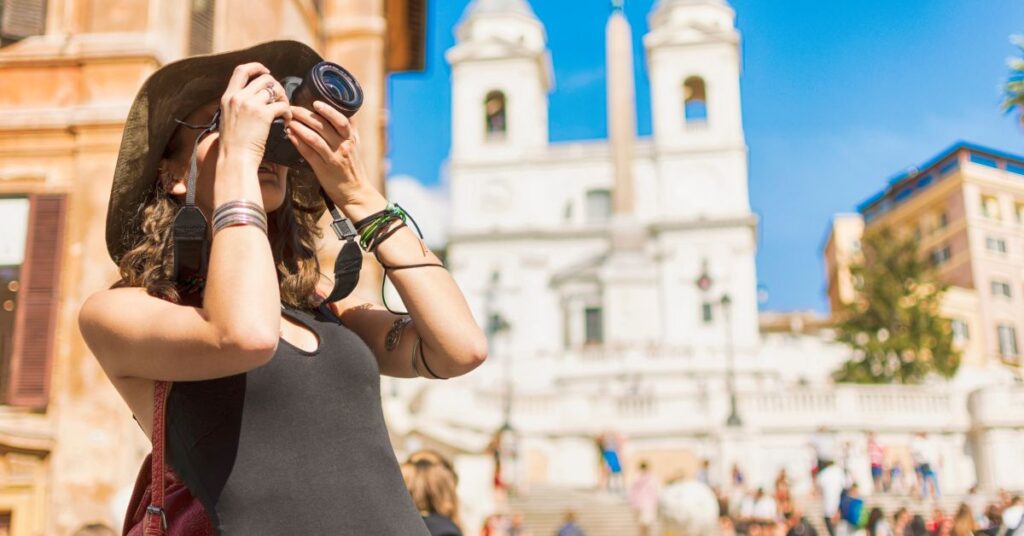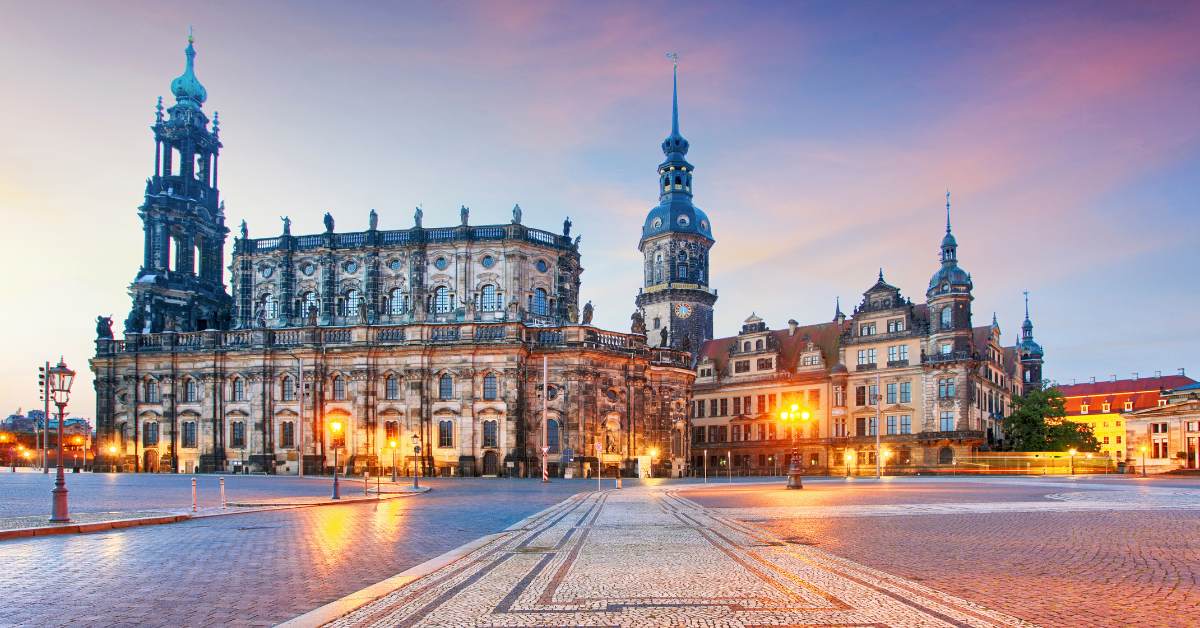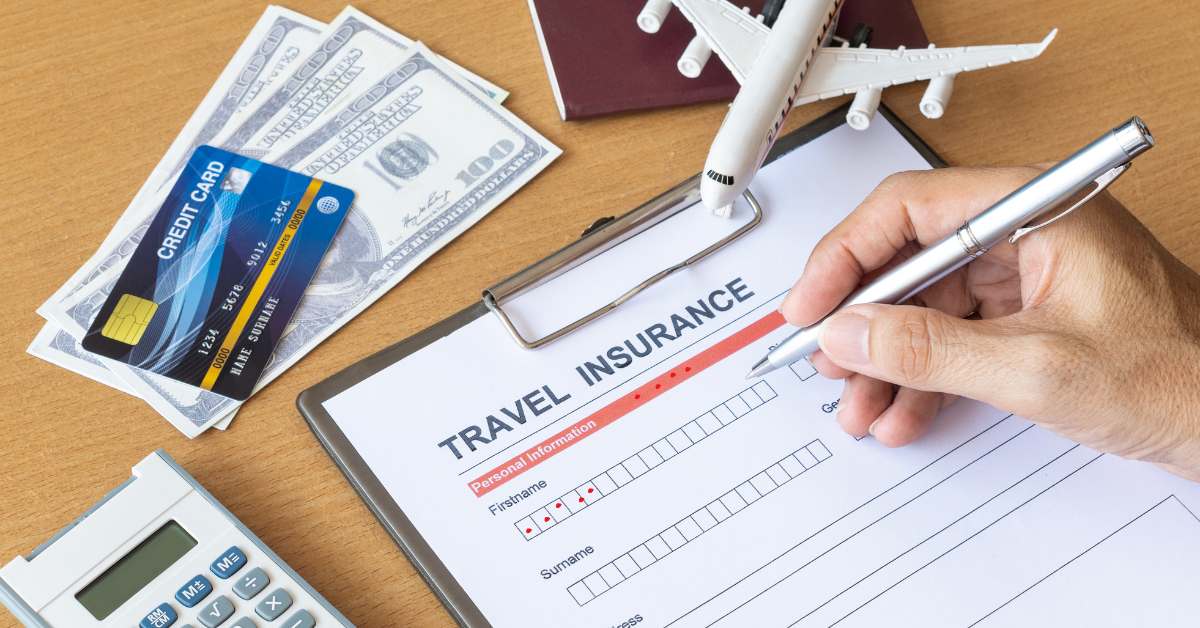Travel photography is something which every traveller wants to master. However, getting the perfect clicks is not a cakewalk for everyone. We understand the issue, therefore, we have created a perfect blog for all those who really want to master the art of capturing the perfect clicks. In this, blog we are going to provide you with the best travel photography tips that will certainly help you to click like a pro.
So, if you are ready to capture the moments that tell stories, emotions, and memories, then read this blog till the end, you might be able to capture the best shots on your next vacation.
Professional Travel Photography Tips to Capture the Best Shots
These tips will help you to capture the best moments with utmost perfection.
1. Understand Your Photography Gear
You should practice with your camera equipment before you begin your trip. It doesn’t matter if you have a DSLR, mirrorless, or simply your phone; knowing the details is important.
- You can use DSLR and Mirrorless Cameras for various shots because they allow manual settings and interchangeable lenses.
- Today’s smartphones are great for taking quick photos when you’re on a trip. If you want to add more style, try taking pictures in portrait mode or by adjusting the manual settings.
- Bring a tripod, some extra batteries, and memory cards in case you want to get special photos.
2. Master Basic Camera Settings
Achieving outstanding photos can often be achieved by learning how your camera works. These are only some of the areas that you’ll need to explore.
- The aperture (f/stop) determines the amount of depth in the picture. For pictures with a blurred background, choose an f-number of 2.8, and for clear landscapes, aim for f/11.
- You use shutter speed to decide how long the camera’s sensor will be open to light. Set your shutter speed to be fast for action shots and slower for pictures of motion such as waterfalls.
- ISO helps you adjust your camera’s ability to capture light. In bright surroundings, use a low ISO, but increase it when the surroundings are dark. Set the ISO as low as you can so your photos will not be grainy.
Playing with these controls will give you better chances of getting the perfect shot.
3. Compose Your Shots Creatively
An interesting photograph can change a regular travel photo into a work of art. Some tips for taking better photos are provided below.
- Try to arrange your subject so it sits along one of the lines created by the Rule of Thirds. Put your subject either on the lines or where they cross to make your photo balanced.
- Natural lines in the scene, for example roads, rivers, or fences, can be used to lead the viewer’s attention to the subject.
- Include things such as windows, arches, or trees in your shot to highlight your subject and add more layers.
- Try taking pictures from different heights or by going through objects to get an interesting view.
Remember, the key to great travel photography is storytelling. Let your images narrate the tale of your journey.
4. Make the Most of Natural Light
Photography makes use of light. Although editing can help, you should start with the image looking great because of the light you used.
- The hour after sunrise and before sunset gives a soft and warm light that is wonderful for taking pictures of nature and people.
- The time between sunset and sunrise gives a cooler look, which works well for urban and night pictures.
- Try to Shoot in the Morning or Evening: Harsh shadows appear in the middle of the day. When taking pictures at midday, search for areas that are not directly in the sun or add a reflector to lessen the light.
Using natural light, your pictures will appear lively and interesting.
5. Capture the Essence of the Destination
Travel photography captures nature’s beauty and also reveals the character of a place. That is one way to help:
- Take pictures of the locals as they go about their usual jobs to show the character of the place.
- Festivals are great for capturing colorful pictures when you travel. Keep in mind the colours, the costumes and the atmosphere of those events.
- Don’t just focus on large panoramas when taking photos. Explore the city’s special buildings, art, or food that best represents the place.
Notice these small aspects so you can add variety to your travel album.
6. Pack Light but Smart
Carrying a lot of equipment when you travel can be very tiring. Instead, only get the things you truly require.
- Take a zoom lens and a prime lens if your camera is a DSLR or mirrorless type.
- A small tripod is a great help when you take photos in the dark or need a long exposure.
- Polarising filters assist in removing glare and improving the colors in outdoor pictures.
- Buy a bag that is tough and comfortable to carry, as it will keep your equipment safe and clean.
Lightness helps you enjoy the event and not miss a single shot.
7. Edit Thoughtfully
Post-processing has become a basic part of photography today. You can choose to edit your photos a lot, but you should focus on improving them, not changing them too much.
- Lightroom, Snapseed, or Photoshop are examples of apps and software for fixing exposure, contrast, and colour.
- Always follow the same style when sharing your travel photos on social media or on a blog.
- Light touches on your photo are often better than adding many filters.
When you edit your photos wisely, they show the real experience of your journey.
8. Be Patient and Observant
You need to be patient to take great photos while traveling. Pay attention to everything happening around you and wait for the moment to act. If it’s a bird landing, a person posing for a street art shot, or the sunset behind a mountain, those moments are captured by those who are patient.
9. Respect Local Customs and Privacy
Although you enjoy taking snapshots of people on the spot, make sure you respect their cultures. Ask people for approval before you start taking closeup photos or while attending religious events. Being respectful ensures you get great shots and also forms good relationships.
10. Practice, Practice, Practice
Being able to take good photos comes from practicing regularly. The more you practice, the easier it will be to master your cameras, how to frame shots, and use light. You might want to experiment with several styles and find out what suits you best.
All in All
Travel photography brings together the elements of art and craft. When you know how to use your camera, arrange your shots, and pay attention to what’s around you, you can take impressive travel pictures that others will like. Enjoy the trip and let your passion for traveling capture the memories.
If you understood all the tips, go out and start taking pictures of your life’s memories. Happy clicking!
Hello I am Jyoti, I have been a constant travel writer for Trip Trek Tales. I love travelling and therefore, I wanted to contribute in this field. Travelling, writing and reading are the things that I love the most and this is the main reason why I started my career in writing.
At Trip Trek Tales, I am sharing the best information related to the field of travelling. All the information in the articles are after thorough research, personal experiences and knowledge. Hope you love my writings. Thank you. Have a happy travel!



